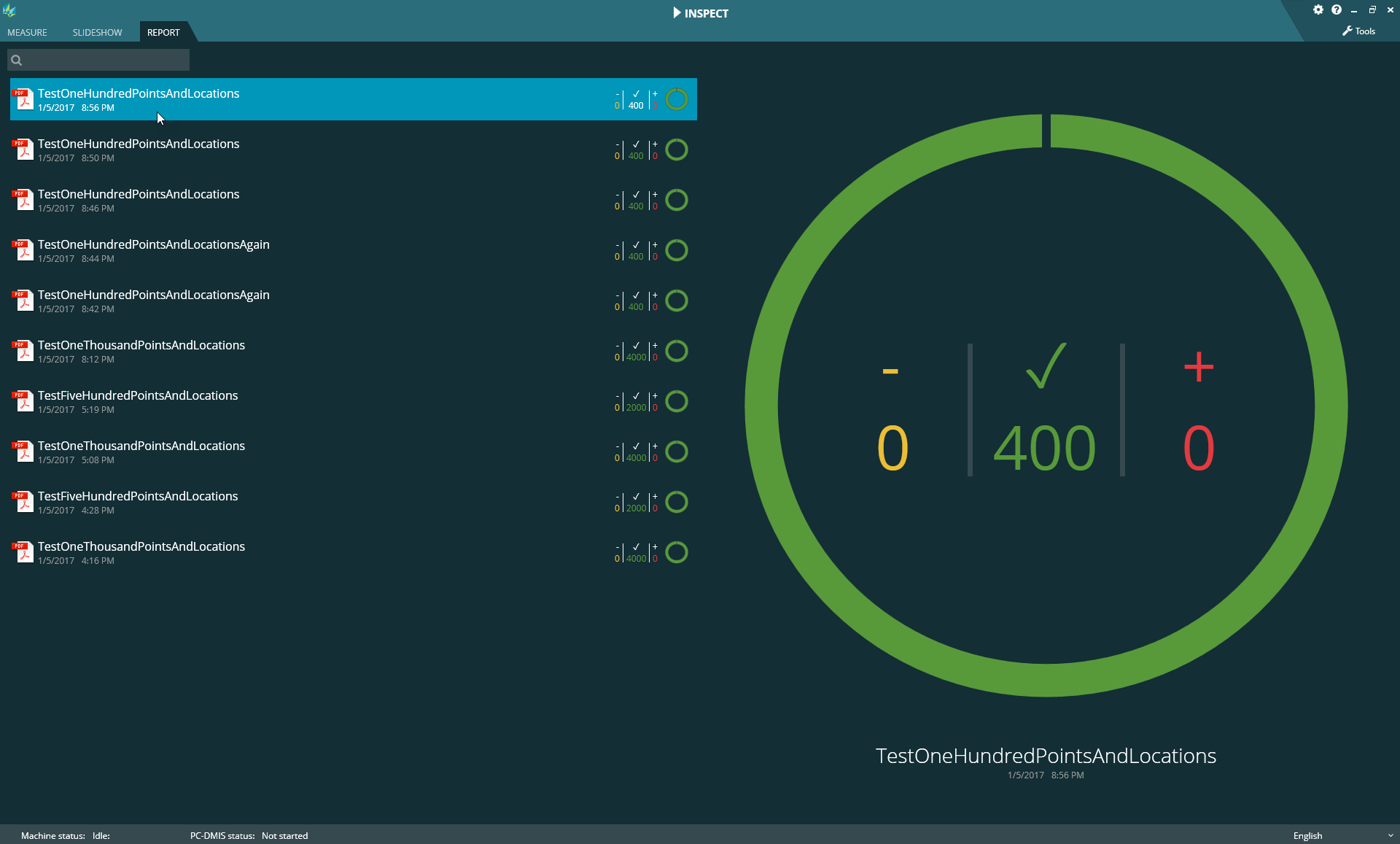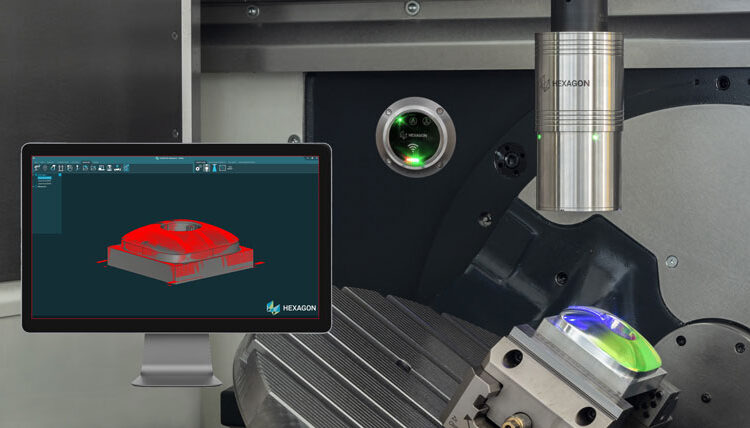

Applications of GUM in the field of TLS are described e.g., in.

For the estimation of measurements uncertainty the international Guide to the Expression of Uncertainty of Measurements (GUM) standard has been defined. Therefore quality criteria have to be established and evaluated by implementation of suitable quality parameters. Regarding accuracy the quality of measurements can be described quantitatively by the measurement uncertainty. These requirements have to undergo a process of quality analysis to verify common quality measures (precision, accuracy, resolution, sensitivity, etc.). The wider range of applications is strongly connected with increasing requirements in terms of accuracy and efficiency. In addition to standard application fields like documentation or 3D- modelling of objects, TLS has been developed in areas like monitoring or industrial surveying. Thanks to its high data acquisition rate, Terrestrial laser scanning (TLS) is an appropriate measurement method for many tasks in engineering geodesy. These aspects play an important role in engineering geodesy, where the aimed accuracy lies in a range of a few mm or less. Main aspects are the backward modelling of the uncertainty on the basis of reference data (e.g., point clouds) with superordinate accuracy and the appropriation of a suitable environment/infrastructure (e.g., the calibration process of the targets for the registration of laser scanner and laser tracker data in a common coordinate system with high accuracy) In this context superordinate accuracy means that the accuracy of the acquired reference data is better by a factor of 10 than the data of the validated TLS and TLS-based MSS. The paper presents methods, infrastructure and results for the validation of the suitability of TLS and TLS-based MSS.

These include the sensor properties, referencing, scan geometry (e.g., distance and angle of incidence), environmental conditions (e.g., atmospheric conditions) and the scanned object (e.g., material, color and reflectance, etc.). The uncertainty of scanned points is not homogenous and depends on many different influencing factors. The efficiency can be increased by combining TLS with additional sensors in a TLS-based multi-sensor-system (MSS). Terrestrial laser scanning (TLS) is an efficient solution to collect large-scale data.


 0 kommentar(er)
0 kommentar(er)
